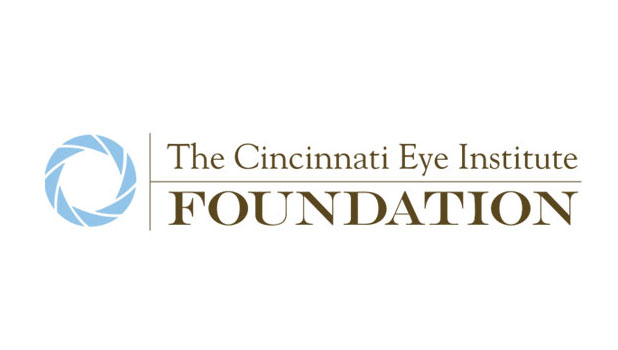Symposium for Ophthalmic Technicians and Nurses to be Held September 30

The CEI Foundation Symposium for Ophthalmic Technicians & Nurses will be held on Saturday, September 30 from 8:30 a.m. to 2:30 p.m. at the CEI Blue Ash campus. To register: Contact Amy Jost at ajost@cincinnatieye.com
Title: Updates in Cornea Treatments and Surgery 8:30-9:20am
Presenter: Michael L. Nordlund, MD, PhD
Description: This course will update attendees on the latest corneal surgical procedures being performed today. Discussions will include the differences in various cornea transplant techniques. The benefits of corneal cross-linking and Intacs will also be reviewed. Indications for these procedures as well as decision making about who are good candidates and the timing of intervention will be touched upon.
Objectives:
- Be able to explain the procedural differences between DMEK, DSEK, DSAEK, DALK and PK.
- Understand the benefits and utility of collagen cross-linking and Intacs.
- Understand the indications, advantages and disadvantages of each surgery type.
Title: Complications of Cataract Surgery: Prevention, Treatment, and Prognosis 9:25-10:15am
Presenter: Hisham Arar, MD
Description: Dr. Arar will identify a variety of complications that may occur during or after cataract surgery. He will identify ways to reduce risks and how to address the complications. Furthermore, he will elaborate on the prognosis of various complications.
Objectives:
- Identify common and some uncommon cataract complications
- List ways of reducing risks and preventing complications
- Review ways of addressing the complications
- Outline typical prognosis and sequelae following these complications
Title: Severe Oculoplastic Reconstruction 10:30-11:20am
Presenter: Jeffrey Nerad, MD
Description: This course will discuss various oculoplastic reconstruction cases, focusing on chemical and thermal injuries, as well as Stevens-Johnson Syndrome and other severe cases. Dr Nerad will share multiple examples of the evaluation of orbital and eyelid trauma. Attendees will gain knowledge about treatment options for patients with various oculoplastic injuries and conditions.
Objectives:
- Review orbital anatomy as it pertains to trauma.
- Describe several severe oculoplastic cases requiring reconstruction of the lids and orbit.
- Identify treatment options for these same conditions.
Title: Updates on Subretinal Cell Therapy 11:25am-12:15pm
Presenter: Christopher Riemann, MD
Description: Dr Riemann will discuss how gene therapy and stem cell transplantations have become promising therapeutic tools for treating blindness resulting from retinal degenerative diseases. He will discuss the encouraging results of autologous transplantation for age-related macular degeneration (AMD) that have resulted to date and human clinical trials have begun for other forms of gene and stem cell therapies.
Objectives:
- Review and define subretinal cell therapy methods
- Identify retinal conditions well suited to gene therapy and stem cell transplantation
- Describe successful treatment examples to date
Title: Diagnostic Refractions Tips and Tricks 12:45-1:35pm
Presenter: Daniele Salterelli, OD
Description: This course will review refractive errors and describe anatomically and optically what is happening to the light being refracted into the eye. Dr Salterelli will share several of his useful tips and tricks for refractometry to improve efficiencies and decrease time spent on difficult refractions.
Objectives:
- Identify common refractive errors
- List tips for performing refractometry more efficiently
- Compare and contrast refractometry performed as a diagnostic test vs. refractive error correction
- Describe various methods for addressing challenging refractions
Title: Importance of Pupil Assessment: Perilous Pupil Problems 1:45-2:35pm
Presenter: Karl Golnik, MD
Description: Pupil assessment is a crucial component of the eye examination. Anisocoria may indicate life-threatening conditions such as carotid artery dissection, brain tumor and cerebral aneurysm. A relative afferent pupillary defect may be the only sign of serious neurologic conditions such as multiple sclerosis and giant cell arteritis. Once the pupils are pharmacologically dilated these crucial pupillary findings can no longer be assessed. This lecture will cover common causes of anisocoria and relative afferent pupillary defect using case presentations and video examples.
Objectives:
- List at least 3 causes of anisocoria
- More accurately detect a relative afferent pupillary defect
- Explain why missing important pupillary findings can have serious neurologic and/or visual consequences.